#heptanese
Photo
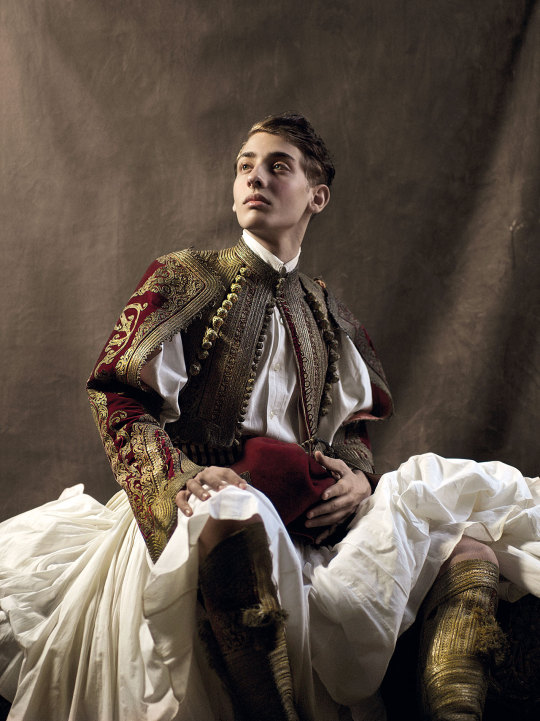



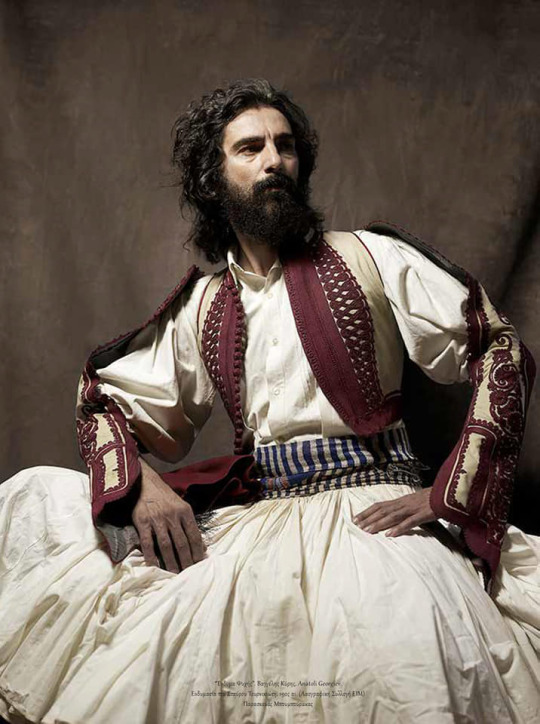

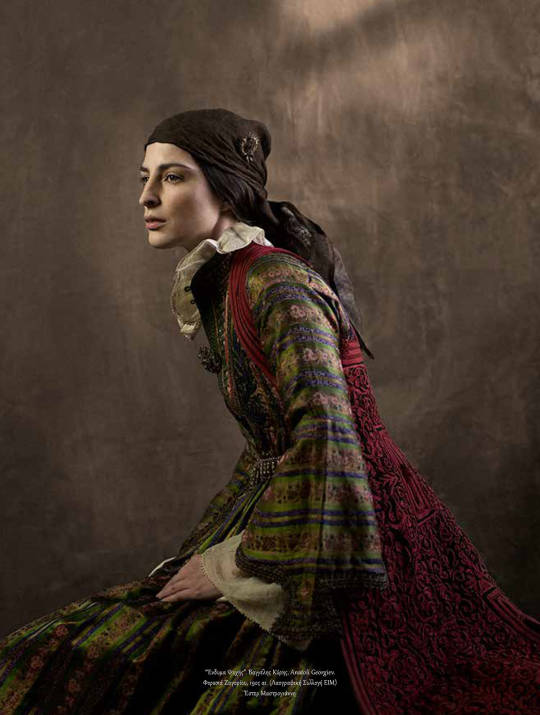
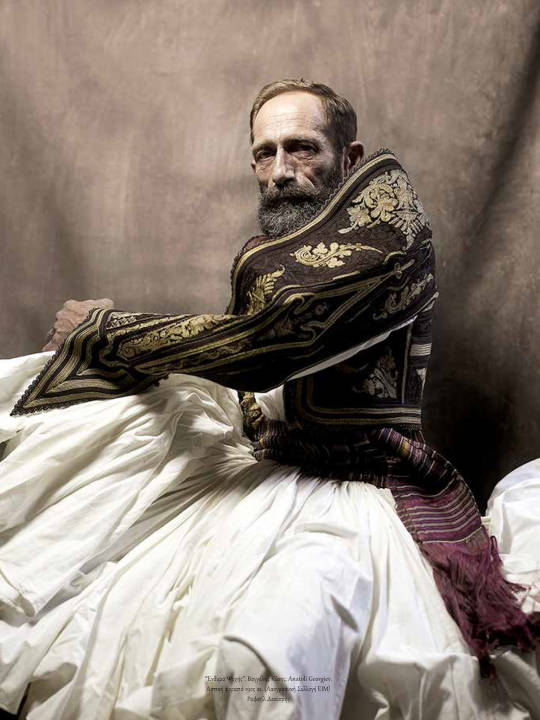
Newly exhibited photos from the project Ένδυμα Ψυχής - Raiment of the Soul, collaboration of photographer Vangelis Kyris and Bulgarian embroidery artist Anatoli Georgiev who present Greek traditional costumes, which are exhibits of the National Historical Museum of Greece. The exhibition is currently hosted in the Acropolis Museum, until March.
Attire of King Otto of Greece, 19th century.
Dress from Nisyros island, 19th century.
Dress from Zakynthos (Zante) island, 18th century.
Attire of Dimitris Mavromichalis, aide-de-camp of King Otto.
Attire of Stavros Tournikiotis, 19th century.
Urban dress of Old Athens, 18th century.
Dress from Zagori, 19th century.
Urban attire, 19th century.
See more photos of the project x, x, x and x.
#greece#europe#historical fashion#traditional clothing#folk clothing#vinatge#fashion#photography#culture#history#national historical museum#king otto#nisyros#zakynthos#zante#athens#zagori#dodecanese#greek culture#heptanese#ionian islands#attica#sterea hellas#central greece#ioannina#epirus#greek islands#mainland#large
9K notes
·
View notes
Text
Please reblog for a bigger sample size!
If you have any fun fact about the Ionian Islands, please tell us and I'll reblog it!
Be respectful in your comments. You can criticize a government without offending its people.
16 notes
·
View notes
Note
Hi Theitsa😊 hope you are having a good day 🌿 I was wondering if there are any cultural differences between mainland Greece and the islands? Is the mainland more culturally similar to other balkan countries?
Hello! I also delayed answering this because the answer to this would be huge, and I decided to narrow it down. To put it simply, Greece doesn't have "islands". Greece has "clusters of islands" and depending on the cluster, the culture and history can be different. The history and sub-culture of the Heptanese is veeery different from that of the Dodecanese.
The mainland is more similar to other Balkan countries than say, Crete, however the islands close to the mainland also have this Balkan culture.
Sorry that I couldn't give more specific info but a more targeted question would help me to narrow it down. If you want to learn something more specific, let me know! But the internet is also a good place to search about the history of these island clusters and get a general idea about influences from other countries. Is there any cluster or island that interests you in particular?
@gemsofgreece has the regions nicely categorised in her blog. I also have the respective tags #crete , #cyclades and so on if you want to take a look.

9 notes
·
View notes
Text

St Spyridon and scenes from his life by Theodoros Poulakis

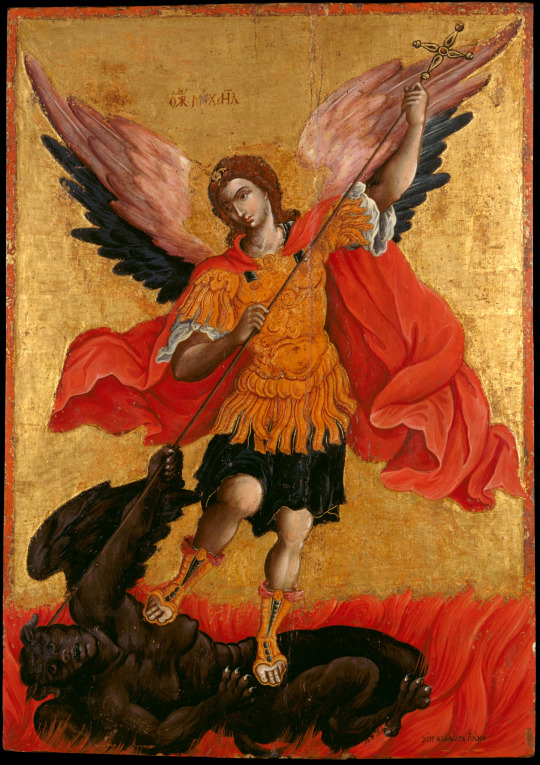
Archangel Michael by Theodoros Poulakis

Poulakis Theodoros - The Hymn to the Virgin, "Eπί Σοί Xαίρει" ("In Thee Rejoiceth…")
Theodore Poulakis, 1622–1692, was a Greek Renaissance painter and teacher. He is considered the father of the Heptanese School and one of the most prolific painters of Venetian Crete.
18 notes
·
View notes
Photo
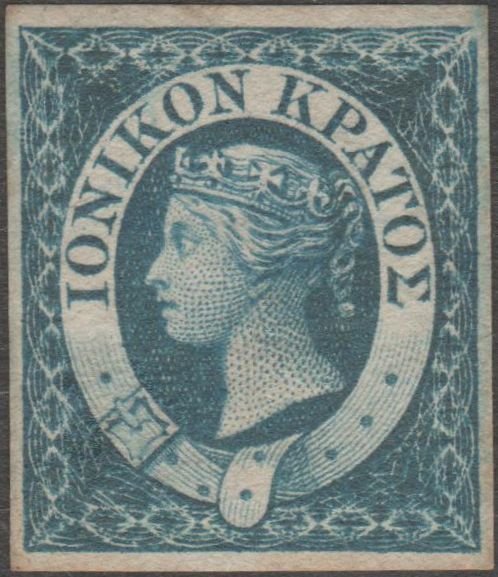



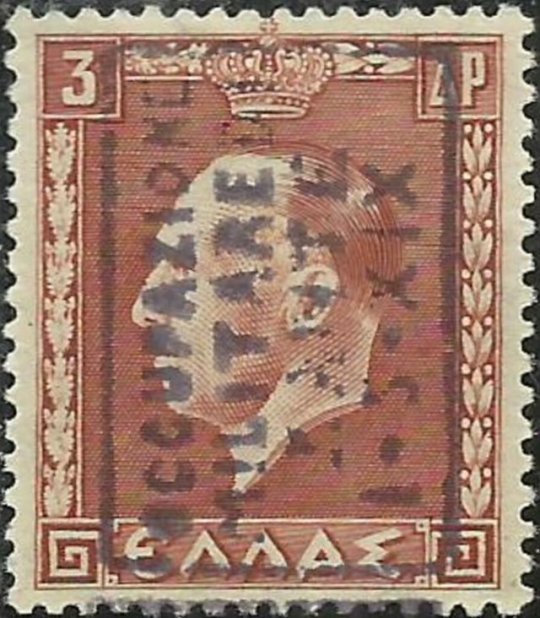

The Ionian Islands (Corfu, Ithaca, Kefalonia, Kythira, Lefkada, Paxi, Zakynthos) are historically linked to Italian rule (well, Venetian, to be precise), and there was a brief moment when the British controlled them (calling them the United States of the Ionian Islands, but really they were a British protectorate, and most of the Britons’ interest was in outdoing the French) but situated as they are all cozied up to Greece, it makes sense for them to become part of Greece (much like most of the Aegean Islands), which they did in 1864 after throwing off the British. The islands were, not surprisingly, occupied by the Italians and then the Germans during WWII, but they are now firmly Greek (with a bit of afternoon tea and cricket thrown in there from those 19th Century British days).
Stamp details:
Stamp on top:
Issued on: June 15, 1859
From: Corfu, United States of the Ionian Islands
MC #2
Middle and bottom left and middle:
Issued in: 1941
From: Italian Occupation Zone
Unificato #GE S4, AR 47, CO 15, ZN 2
Bottom right:
Issued on: October 22, 1943
From: German Occupation Zone
Unificato #ZN 4
Recognized as a sovereign state by the UN: No
Claimed by: Hellenic Republic
Member of the Universal Postal Union: No
#Ιόνια νησιά#Ionian Islands#Ἰόνιοι Νῆσοι#Isole Ionie#Heptanese#Ἑπτάνησα#Ἑπτάνησος#Eptaneso#Greece#Κέρκυρα#Corfu#Ιθάκη#Ithaca#Κεφαλονιά#Cephalonia#Κύθηρα#Kythira#Λευκάδα#Lefkada#Παξοί#Paxi#Ζάκυνθος#Zakynthos#stamps#philately#march 23#Τζάντε#Zante
3 notes
·
View notes
Photo

Το κάστρο των Κυθήρων, μέρα και νύχτα #kythera #greece #heptaneseislands #heptanese #castle #summer #summeringreece #daynight #dayvsnight
1 note
·
View note
Text
Argostoli, Greece
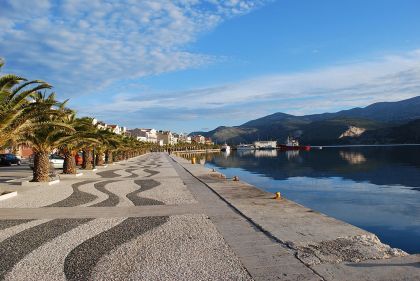
Photo: Jean Housen / CC BY-SA (https://creativecommons.org/licenses/by-sa/3.0)
When your friends say they’re planning a trip to Greece, they mean a specific part of Greece. They’re undoubtedly going to the Cyclades. Santorini. Mykonos. Paros. Naxos. The 39 islands, located southeast of the mainland, are easily reached by connecting flights and ferries. They have classic blue-and-white houses,…
View On WordPress
0 notes
Text
Art movements (chronological)
Medieval art
- Early Christian
- Migration Period
- Anglo-Saxon
- Visigothic
- Pre-Romanesque
- Insular
- Viking
- Byzantine
- Merovingian
- Carolingian
- Ottonian
- Romanesque
- Norman-Sicilian
- Gothic
Renaissance 1300 - 1602
- Italian Renaissance
- Renaissance Classicism
- Early Netherlandish
- Early Cretian School
Neoclassicism
- Mannerism/Late Renaissane
- Baroque
- Rococo
- Neoclassicism
- Later Cretan School
- Heptanese School
Romanticism 1780 - 1850
- Nazarene Movement
- The Ancients
- Purismo
- Duffeldorf School
- Hudson River School
- Luminism
- Modern Greek art
Romanticism to Modern Art
- Norwish School
- Biedermeier
- Photography
- Realism
- Barbizon School
- Peredvizhniki
- Hague School
- American Barbizon School
- Spanish Eclecticism
- Macchiaioli
- Pre-Raphaelite Brotherhood
Modern Art 1860 - 1945
- Impressionism
- Cos Cob Art Colony
- Luminism Impressionism
- Arts and Crafts Movement
- Tonalism
- Symbolism
- Post-impressionism
- Neo-impressionism
- Art Nouveau
- Russian Avant Garde
- Fauvism
- Expressionism
- Cubism
- Art Deco
- Dadaism
- Bauhaus
- Surrealism
Contemporary Art
- Neo-Dadaism
- Pop Art
- Psychedelic Art
- Posmodernism
- Deconstructivism
- Metarealism
- Neo-expressionism
-
5 notes
·
View notes
Note
I-I wouldn't dare impose sweet friend, you have already done so much! Also, a peasant girl from the Heptanese is hardly fitting company for a man of law.
*smiles sadly*
You must forgive my earlier outburst, it was improper. I've no business prying into politics.
-🏺
It's quite all right. No offense taken. And it really wouldn't be any imposition, believe me. The prefect is quite...an average man, I assure you. *offers his arm* Are you ready to leave, my lady? May I escort you to my home?
- Orestes
0 notes
Photo
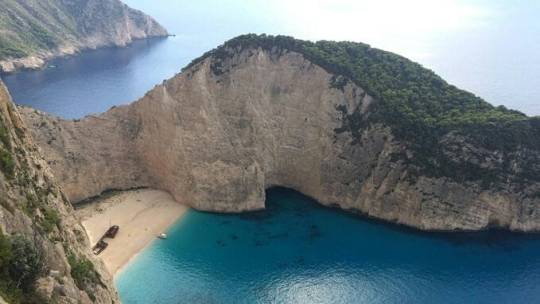
The Ionian Islands traditionally called the Heptanese ("Seven Islands") are a group of islands in #Greece, and one of the most wonderful places to visit #travel #travelling #placestovisit #nature #photography https://www.instagram.com/p/CNsT2uonVxR/?igshid=1cqr4zl7vub7x
0 notes
Photo

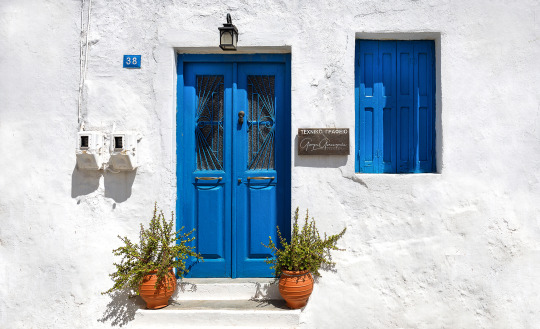

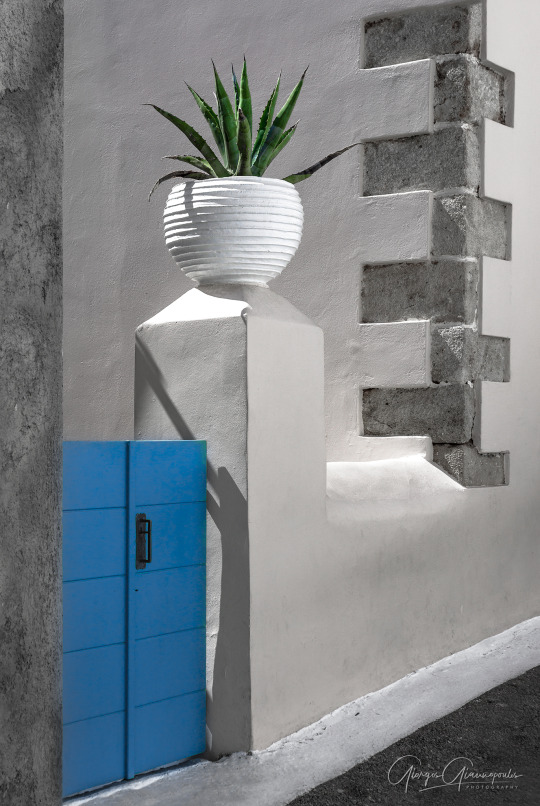
In Kýthira island, Greece || Giorgos G. Photography
#greece#europe#aesthetic#blue and white#color combo#travel#wanderlust#design#architecture#church#christian orthodox#kythira#cythera#heptanese#ionian islands#greek islands#greek culture
375 notes
·
View notes
Note
If someone were to wear a Greek outfit to a renaissance fair, what would be best to go with??
I mean you can choose whatever outfit you like! But if you want to connect it with the Italian Renaissance maybe choose an outfit from Greek areas who were occupied by Italians during the Renaissance period.
So, Cretan outfits could work:

Οutfits from the Hepntanese would work, too!
For outfits from Corfu (ΚΕΡΚΥΡΑ) and Kefallonia (KEΦΑΛΛΟΝΙΑ) see Link. For all the Heptanese see the photos down in the page from this Link. If you need more info, send me a message.
But the most Renaissance-like outfit you can find for women - in my opinion - is the outfit of Lefkada.
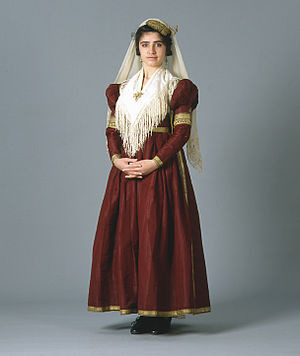
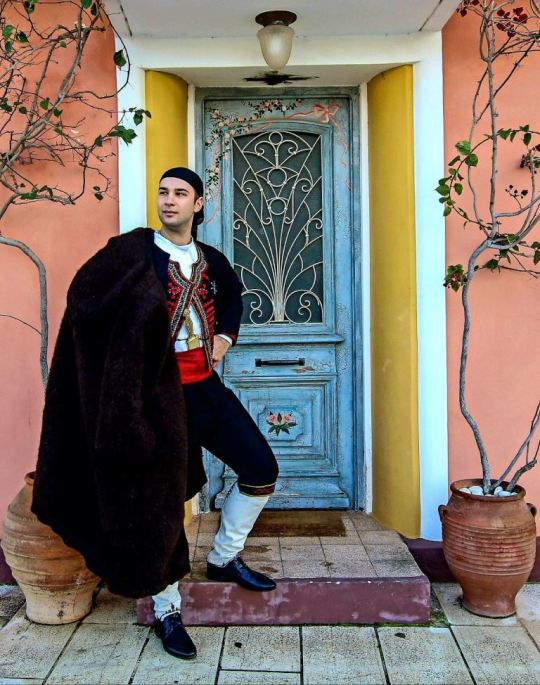



Ok, enough with my romantic ass 😁
#renaissance fair#renaissance#paradosiaki foresia#greek traditional clothing#greek tradition#lefkada#answered
16 notes
·
View notes
Video
20160808_130152 por Ignacio Gallego
Por Flickr:
Mon Repos | Kérkyra = Corfu | Heptanēsos - Ionia nisia = Heptanese - Ionian Islands
3 notes
·
View notes
Photo

Artistic production in Greece began in the prehistoric pre-Greek Cycladic and the Minoan civilizations, both of which were influenced by local traditions and the art of ancient Egypt.[319] There were several interconnected traditions of painting in ancient Greece. Due to their technical differences, they underwent somewhat differentiated developments. Not all painting techniques are equally well represented in the archaeological record. The most respected form of art, according to authors like Pliny or Pausanias, were individual, mobile paintings on wooden boards, technically described as panel paintings. Also, the tradition of wall painting in Greece goes back at least to the Minoan and Mycenaean Bronze Age, with the lavish fresco decoration of sites like Knossos, Tiryns and Mycenae. Much of the figural or architectural sculpture of ancient Greece was painted colourfully. This aspect of Greek stonework is described as polychrome. Ancient Greek sculpture was composed almost entirely of marble or bronze; with cast bronze becoming the favoured medium for major works by the early 5th century. Both marble and bronze are easy to form and very durable. Chryselephantine sculptures, used for temple cult images and luxury works, used gold, most often in leaf form and ivory for all or parts (faces and hands) of the figure, and probably gems and other materials, but were much less common, and only fragments have survived. By the early 19th century, the systematic excavation of ancient Greek sites had brought forth a plethora of sculptures with traces of notably multicolored surfaces. It was not until published findings by German archaeologist Vinzenz Brinkmann in the late 20th century, that the painting of ancient Greek sculptures became an established fact.[320] The art production continued also during the Byzantine era. The most salient feature of this new aesthetic was its “abstract,” or anti-naturalistic character. If classical art was marked by the attempt to create representations that mimicked reality as closely as possible, Byzantine art seems to have abandoned this attempt in favor of a more symbolic approach. The Byzantine painting concentrated mainly on icons and hagiographies. The Macedonian art (Byzantine) was the artistic expression of Macedonian Renaissance, a label sometimes used to describe the period of the Macedonian dynasty of the Byzantine Empire (867–1056), especially the 10th century, which some scholars have seen as a time of increased interest in classical scholarship and the assimilation of classical motifs into Christian artwork. Post Byzantine art schools include the Cretan School and Heptanese School. The first artistic movement in the Greek Kingdom can be considered the Greek academic art of the 19th century (Munich School). Notable modern Greek painters include Nikolaos Gyzis, Georgios Jakobides, Theodoros Vryzakis, Nikiforos Lytras, Konstantinos Volanakis, Nikos Engonopoulos and Yannis Tsarouchis, while some notable sculptors are Pavlos Prosalentis, Ioannis Kossos, Leonidas Drosis, Georgios Bonanos and Yannoulis Chalepas.tourism#tour#worldtour #bestplace#nature#beauty enjoy#experience#history http://bit.ly/2K04FBr
0 notes
Photo

Επιτέλους Κύθηρα #kythera #greece #heptanese Islands #heptanese #greeksummer #greekislands
0 notes
Link
Regular Hotels : Visiting the Paxos Island for the first time will undoubtedly offer you the lifetime experience of going on a memorable vacation with your family. Well, there is not one reason behind this statement but there are lots of things which make this island a heaven for the peace lovers. Anyhow, before discussing the reasons that will make your holiday an unforgettable period of your life, or make the Paxos island different from others, let us talk about the Paxos Island.
Where is Paxos Island? As you know that the country of Greece is known for its beautiful islands, and surprisingly Paxos is one of them. Although the island is the smallest among all the islands located in the Greece, despite this it is visited by the huge crowd of visitors across the world, especially who are in search of some tranquil and romantic location for their holidays. The island is located in the arms of Ionian or Heptanese island and is at the distance of nine miles from the Corfu, which is its nearest city. The Greek mainland is located at the distance of ten miles from the Paxos. To reach the Paxos, you will have to hire a boat from the Corfu, because the island doesn’t have its own airport, and the only airport to reach there is located at Corful only.
#restaurants#Paris Hotel Boutique#hotels room#hotels in paris#hotels in new york city#hotels design#Hotels and Destinations#Hotel Transylvania#HOTEL BALIFORNIA#bars#cafes
0 notes